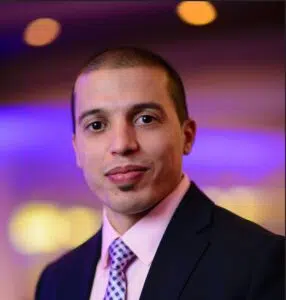
Table of Contents
Understanding the Relationship Between Language and Society
The relationship between language and society is deep and inseparable. Every community develops its own way of speaking, shaped by its history, culture, identity, and social structure. In the same way, language influences how people think, behave, and interact. Exploring language and society helps us understand why languages change, why dialects form, and how culture shapes communication.
This topic is important for anyone studying linguistics, translation, interpretation, or cultural studies. It also connects with common search queries such as how language shapes society, how society shapes language, and even short-tail keywords like society language.
How Language Reflects Society
Language mirrors the beliefs, values, and identity of a community. The words people choose, the way they greet each other, and the phrases they use show what matters in their society.
For example, when we explore how language society develops, we see that vocabulary grows according to what a community finds important—technology, religion, family, or traditions.
This explains why society language patterns differ across regions, even within the same country.
How Society Shapes Language Change
Language evolves because society evolves. This explains results in your search queries like how society language changes over time.
Several factors influence language:
- Migration and multicultural interaction
- Social media and digital trends
- Education and literacy
- Power, politics, and social class
- Age groups and generational slang
Whenever society shifts, language adapts with it. Even questions like when society language changes most rapidly are connected to historical transitions—industrialization, colonization, globalization, and digital transformation.
How Language Influences Society
The influence goes both ways. Language shapes social behavior, identity, and worldview. Words create belonging and connection. Shared language builds communities, while language barriers create distance.
This is where we understand why language and society are connected—they continuously influence each other.
Interpreters, translators, and cultural mediators rely on this understanding to communicate meaning accurately between communities.
Language, Society, and Culture
Culture gives meaning to language. Traditions, stories, values, and customs are passed on through words. This is why language society and culture always appear together in linguistic discussions.
Every culture creates unique expressions that may not exist in another language. These expressions reveal:
- What people value
- What they fear
- What they celebrate
- How they view the world
Understanding culture is essential for delivering accurate interpretation and translation services.
Related: The Relationship between Language and Culture
Social Factors That Affect Language
Languages do not exist in a vacuum. Social factors shape how people speak:
- Age: Younger and older generations speak differently
- Region: Dialects come from geography
- Gender: Study of gendered speech patterns
- Education: Affects vocabulary and tone
- Profession: Technical fields use specialized terminology
These differences explain who society language impacts the most—every group influences language in unique ways..
The Importance of Studying Language and Society
Studying the connection between language and society helps us understand:
- Why languages evolve
- Why certain phrases become popular
- Why dialects form
- How culture shapes speech
- How communication styles create identity
It also helps translators, interpreters, teachers, and linguists communicate more effectively across cultural boundaries.
FAQs on Language and Society
Why society language changes over time?
Society changes due to technology, migration, social norms, and cultural evolution. Language adapts to match new realities.
When society language evolves the fastest?
During major social transitions such as globalization, urbanization, and technological revolutions.
How society language influences communication?
Social values, attitudes, and traditions shape the way people interact, form expressions, and use tone and politeness.
Where society language differences appear most clearly?
In accents, dialects, slang, and culturally specific expressions across regions and communities.
Who society language impacts the most?
Every social group influences language, but youth, multicultural communities, and digital users contribute the fastest changes.
Which society language patterns are strongest?
Patterns related to identity—family, region, profession, and culture—tend to be the most stable and widely recognized.
How language shapes society?
Language influences behavior, identity, and worldview, guiding how people think, communicate, and connect.
How can we Help:
At Translation Excellence, we specialize in translation and interpretation services that bridge cultural and linguistic gaps. Our expert team ensures clear, accurate, and culturally sensitive communication in any setting. Contact us today at 720-325-0459 or email info@translationexcellence.com to learn how we can support your global communication needs.
Related:



I love how this blog gives a voice to important social and political issues It’s important to use your platform for good, and you do that flawlessly